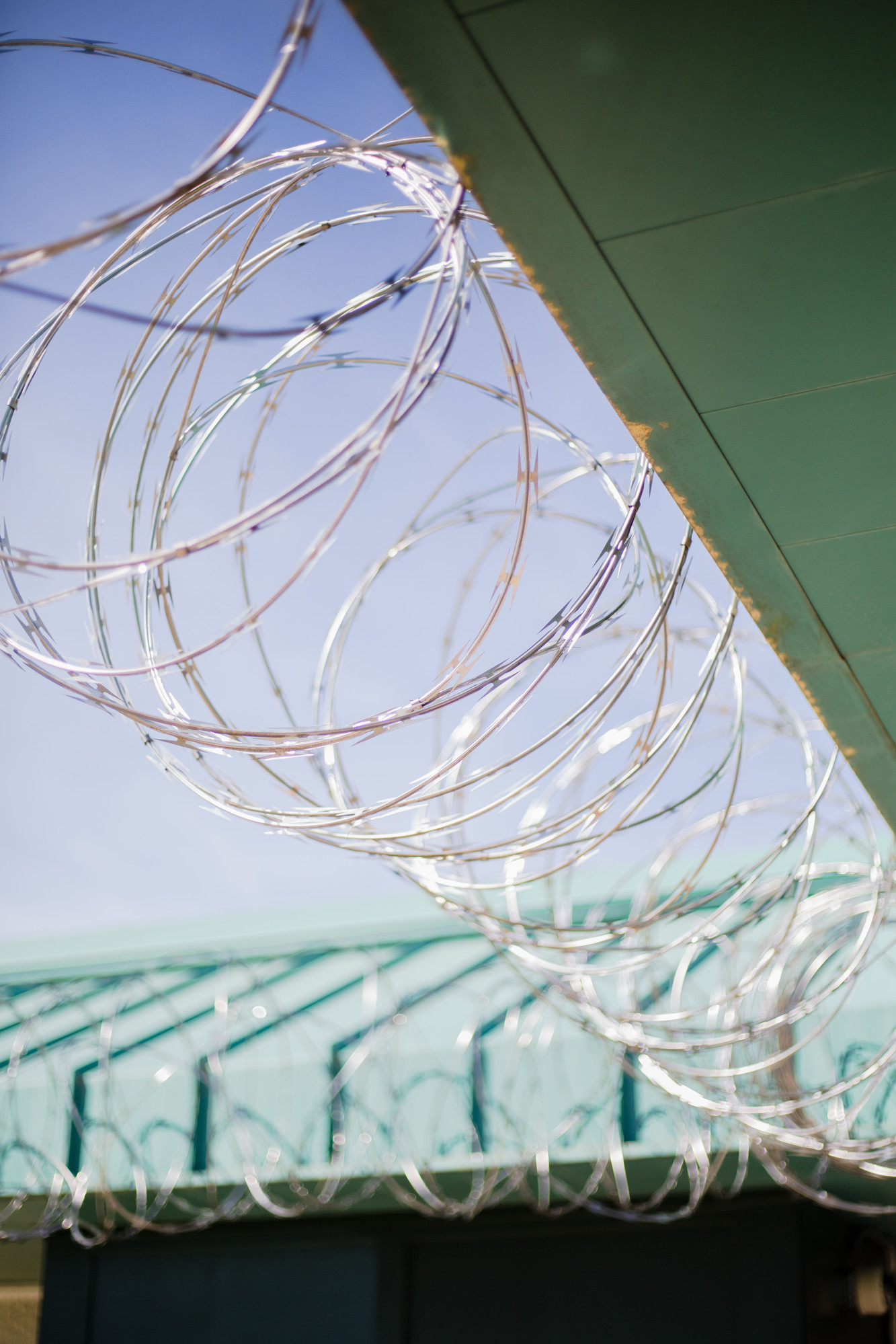Wrongful death suits filed in Lee County prison riot that killed 7
The Associated Press
COLUMBIA (AP) — Two federal lawsuits filed Tuesday claim South Carolina corrections officials violated prisoners' constitutional rights by failing to prevent a riot in which seven inmates were killed last year.
In the lawsuits, advance copies of which were provided to The Associated Press before they were filed, representatives for the estates of two male inmates killed in the April 2018 insurrection at Lee Correctional Institution say security officers and agency personnel knew about dangerous problems at the prison but did nothing to fix them, violating the men's due process and subjecting them to cruel and unusual punishment.
The suits, filed by the estates of Raymond Angelo Scott and Corey Scott, blame corrections officials for numerous problems, including broken cell door locks and chronic overcrowding and understaffing that made it easier for inmates bent on violence to get away with having homemade knives, hatchets and other contraband weapons.
With only one officer monitoring more than a hundred inmates in the dorm — a regular occurrence due to staffing shortages, officials have said — inmates at Lee were "largely left unsupervised throughout the day and night," leading to a dangerous situation, the lawsuits said.
No charges have been filed in the riot, which raged for more than seven hours in Bishopville, about 40 miles east of Columbia. State police spent a year reviewing the case before forwarding their findings to prosecutors, who are still reviewing them.
Officials have said the violence — the worst U.S. prison riot in 25 years — began as a battle over contraband and territory. State prisons officials have blamed it in part on illegal cellphones, which Corrections Director Bryan Stirling has said represent the greatest security threat because they give inmates an unmonitored way to communicate with the outside world and each other, in some cases continuing to wage criminal acts from behind bars.
Most of the slain were stabbed or slashed; the remainder appeared to have been beaten. One inmate described bodies "literally stacked on top of each other, like some macabre woodpile."
More Articles to Read

